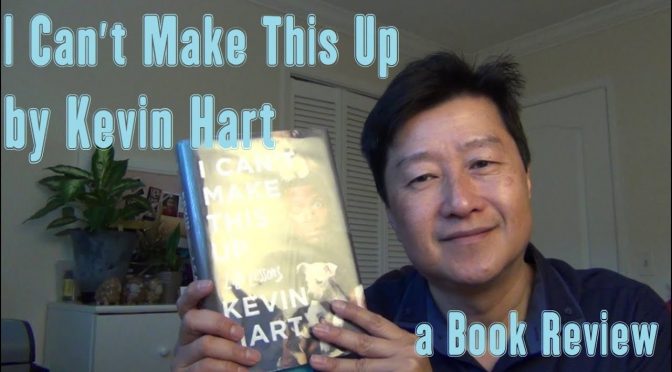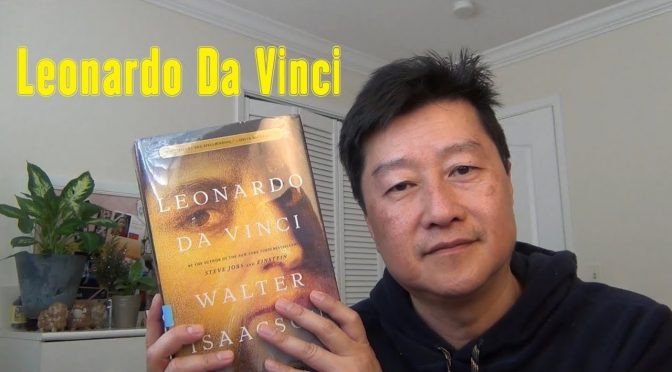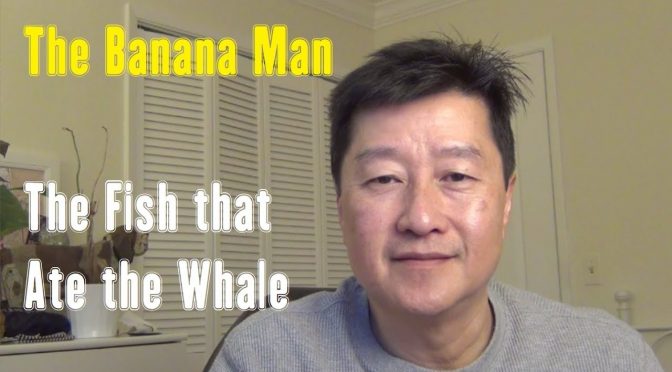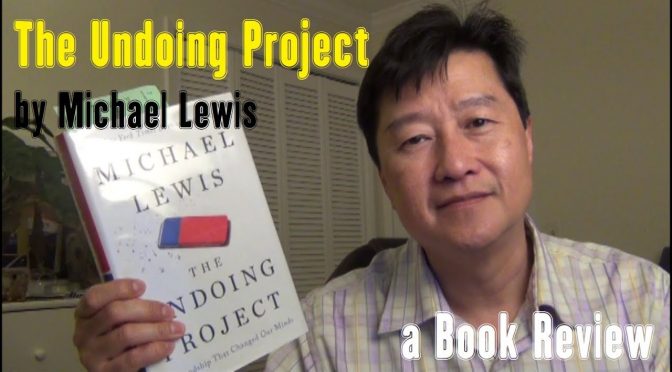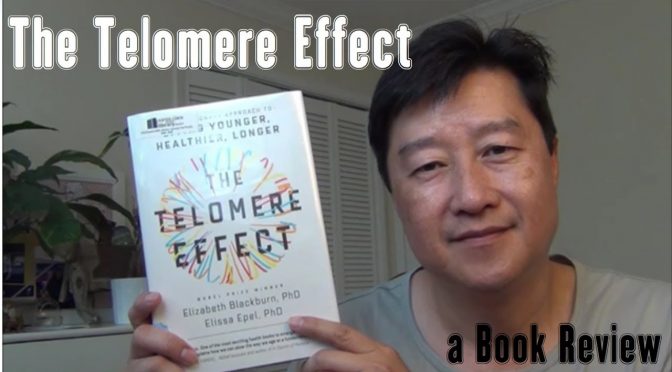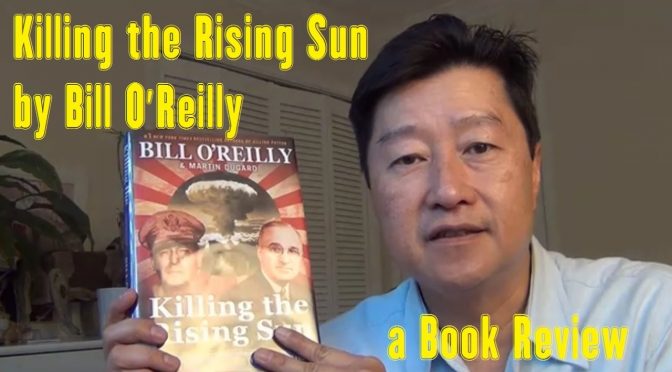I don’t think you can find a harder working comedian like Kevin Hart, who told his life story starting from his humbling beginning being born into a single-parent family with a religious loving mom and a supportive elder brother. Occasionally, his father showed up sober and sometimes high scouting for money from his mother.
Without his mother, I don’t think Kevin could have been as successful he is today. The work ethics and tight leash his mother imposed on him turned him into one disciplined and persistent pursuer of success. Life taught him many lessons. He learned with earnest and kept wanting more out of life.
His life with his first wife was full of violence and remorse in cycles. He finally recognized it as it was and eventually broke it off and made good his relationships with his two children and his ex-wife.
Brushed with death by over drinking, he finally acknowledged after getting his DUI that he had jeopardized his and other people’s lives by driving under alcohol and got braver the drunker he was.
Most people don’t know how difficult it is to be a stand up comedian. At least I never realized how hard it is to “kill” the audience. Started out telling jokes at a shoe store while selling shoes, he turned his talent of making people laugh into a career and kept at it despite it didn’t pay much money in the beginning as he had to borrow money from his mom and others to make ends meet. Even when he reached a certain level of reputation, he still failed to get the movie deals or Saturday Night Live position. But he kept at it and went back to basics to do stand up and took advantage of the new social networking tool when he gradually gain the following of the fans.
It wasn’t a easy journey. Any aspiring comedian-want-to-be should read this book and learn from the master’s tips like not just telling jokes but telling and making his life stories laughable so that his own name brand becomes enduring. How you tell the stories are critical to get the most laugh separates the man from the boys. It took practices and frequent failures to get it just right.
There are many good quotes that are quite inspirational like:
Dealing with failures:
“You can’t control the events that happen to you, but you can control your interpretation of them. So why not choose the story that serves your life the best?”
“Acceptance, then, is knowing that when your plan fails, or your road dead ends, it means a bigger plan is at work. And I’d rather be part of a big plan than a smaller one.”
“Every experience is a potential life lesson. Even if you don’t appreciate it at the time, each struggle in the present is preparing you for something else in the future.”
“If you’re strong enough to handle rejection without taking it personally, without holding a grudge, and without losing your passion and drive, then you’ll be strong enough to reap the rewards.”
Dealing with success:
“To win the race, then, having talent, speed, and endurance help, but those things are nothing without commitment.”
“If you want to keep growing.., you have no choice but to stretch yourself on your own and increase your thinking, your capabilities, and your accomplishments. It’s a scary thing to take the risks and make the sacrifices necessary to keep growing, but it’s better than living a life in which you don’t fulfill your potential.”
“Success is not an excuse to stop; it’s a reason to move the goalposts farther out and accelerate. There is no destination, just a journey. And that journey is to keep building on top of what I’m building.”
“If this sounds arrogant, that’s because it is. If you don’t believe in your own greatness, no one else will. You’re limited only by your doubts, your fears, and your desire to fit in rather than stand out. And there’s room in this world for all of us to stand out.”
On treating others:
“In always respecting and acknowledging people as equals going through their own struggles, whether their status in the room was higher or lower than mine.”
On humor:
“An entertainer makes you laugh but an artist makes you understand.”
“The humor was in my uniqueness, my personality – not the way I saw life, but the way I did life.”
Kevin Hart basically revealed his secrets to success in this book. I highly recommend this book if want a lot more out of your life that you don’t even know you’re capable of getting. I didn’t expect to be inspired by the book but I was.

